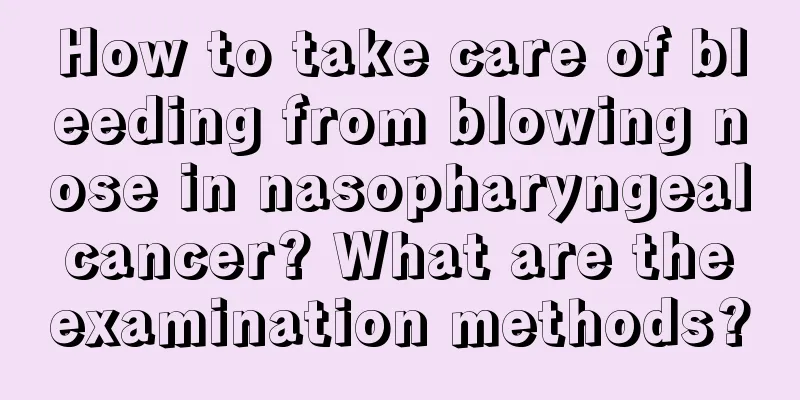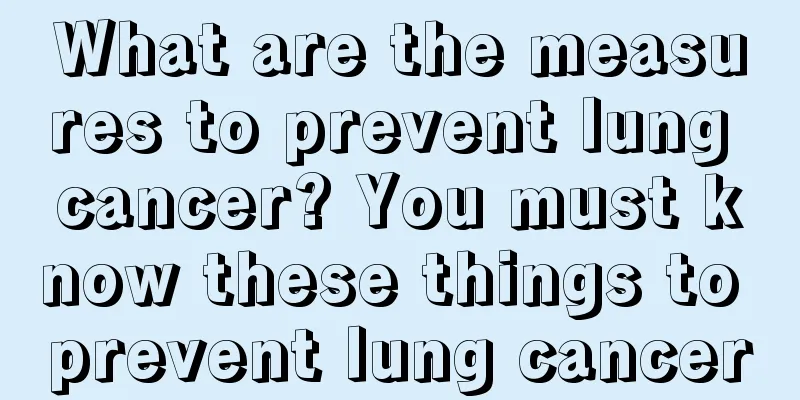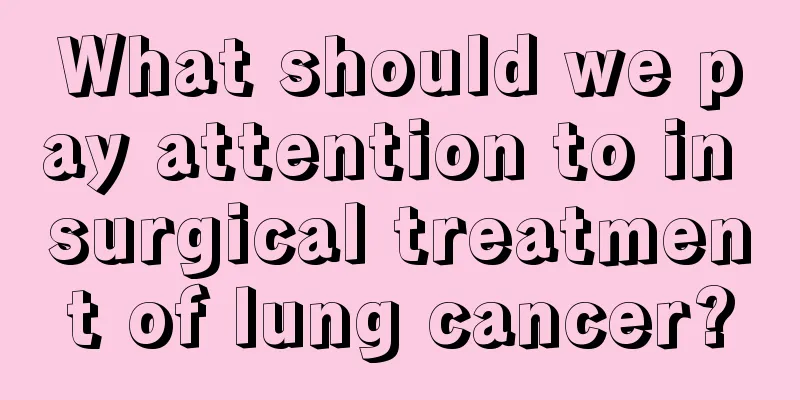How to take care of bleeding from blowing nose in nasopharyngeal cancer? What are the examination methods?

|
The main symptoms of nasopharyngeal cancer are manifested in the nose. When the disease occurs, nosebleeds may occur. So how should we take care of it? The author introduces how to take care of nasopharyngeal cancer patients who have bleeding noses when blowing their noses? What are the examination methods? Nosebleed is one of the typical clinical symptoms of nasopharyngeal carcinoma. In the early stages of nasopharyngeal carcinoma, blood may be present in the nose or blood may be sucked back into the nose from the mouth. In the late stages of rhinitis, symptoms of heavy nose bleeding are more likely to occur. As for nasopharyngeal cancer nose bleeding, it is best to consult clearly. If nasopharyngeal cancer patients have nose bleeding, the general care in life is as follows: First: correct bad eating habits: do not eat salted fish and pickled products. If you live in a high-incidence area or have a family member with a history of nasopharyngeal cancer, you should have a regular physical examination of the nasopharynx every year, and you can draw blood to check for EB virus during the physical examination. Second: Pay attention to diet. Patients with nasopharyngeal cancer and bleeding symptoms should consume more benign foods, such as bitter melon, tomato, water spinach, Houttuynia cordata, purslane, etc. Third: Regularly do exercises such as neck rotation, teeth tapping, cheek puffing, smiling, and mouth opening. Patients with dry mouth can use pear slices in their mouths to relieve discomfort; patients with radiation pharyngitis can gargle with a mouthwash before meals and before going to bed. The above are the care methods for nosebleeds, and the following are the methods for checking nasopharyngeal cancer. What are the inspection methods? 1. Indirect nasopharyngeal endoscopy: The method is simple and practical. The nasopharyngeal vallecula, the posterior wall of the nasopharyngeal roof and the pharyngeal recesses on both sides should be examined in turn. The corresponding parts on both sides should be compared and observed. Any asymmetric submucosal protrusions or isolated nodules on both sides should be paid more attention. 2. Anterior rhinoscopy: After the nasal mucosa is contracted, the posterior nasal cavity and nasopharynx can be viewed through the anterior rhinoscopy, and tumors that have invaded or are adjacent to the nostrils can be detected. Here I wish all patients a speedy treatment and recovery. |
<<: How to perform breast-conserving surgery for breast cancer
>>: Be careful if cervicitis is not cured for a long time and turns into cervical cancer
Recommend
I have brown phlegm in my throat when I wake up in the morning
It is very common to have brown phlegm in the thr...
Smoking increases risk of bladder cancer
Smoking is harmful and has no benefits. Every yea...
How much does glioma cost
Glioma does not appear often in our lives, but th...
What is the normal value of wbc and what is it used for?
WBC clinically refers to white blood cells, which...
Why does it cause headache when I lower my head? People who are addicted to their phones should be careful!
Many people will experience headaches when they l...
What to do if a three-month-old baby has severe eczema
Eczema is not actually a very serious disease, bu...
Why can't colorectal cancer be detected during annual physical examinations? Don't underestimate the four colorectal cancer tests
The largest digestive organ in the body is the in...
Can patients with thyroid cancer sweat steam after subtotal thyroidectomy
Subtotal thyroidectomy generally refers to partia...
The TV is too high and the couple suffers from cervical spondylosis
Eating from the same pot and sleeping in the same...
I woke up with pain all over my body
Why do I feel sore all over when I wake up? The p...
Fibroids are very harmful if left untreated for a long time
Fibroid is a common disease, but generally patien...
How to deal with oil stains on clothes
Nowadays, people often cook or go to places where...
What should I do if white clothes turn yellow?
Many people like white clothes. White clothes are...
Anal fistula surgery wound healing
Anal fistula is a very common disease around us. ...
How to choose diet after sigmoid rectal cancer surgery
For many patients with rectal cancer, in order to...









